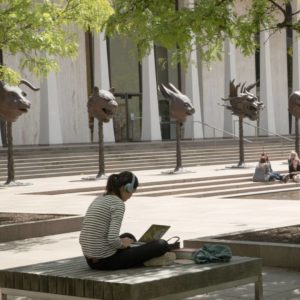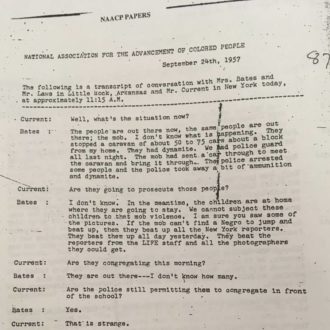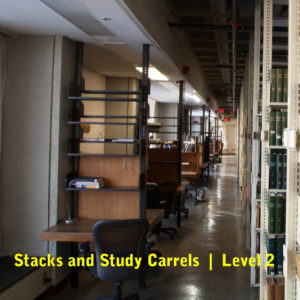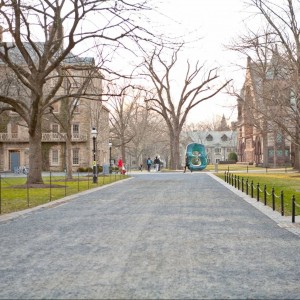The Princeton University Library system features over six million unique titles. So when you discover a book not already in the system, you know you’ve found a niche topic.
This semester, I’m taking a course called “Modern India: History and Political Theory” taught by Visiting Professor Sunil Khilnani. In the course, we examine primary sources from the major actors in the Indian nationalist movement.
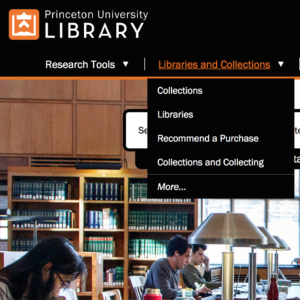
Interested in indigenous politics in India, I asked Professor Khilnani if I could write my midterm paper on the Adivasi (Indian tribal societies) role in Independence – even though we haven’t addressed this topic in class. He suggested I focus on Jaipal Singh, a major twentieth-century Adivasi activist, and sent me a list of primary and secondary sources to consider. Specifically, he recommended using the recently published collection of Singh’s speeches and writings, Adivasidom. Continue reading Recommend a Purchase: The Princeton Wish List


